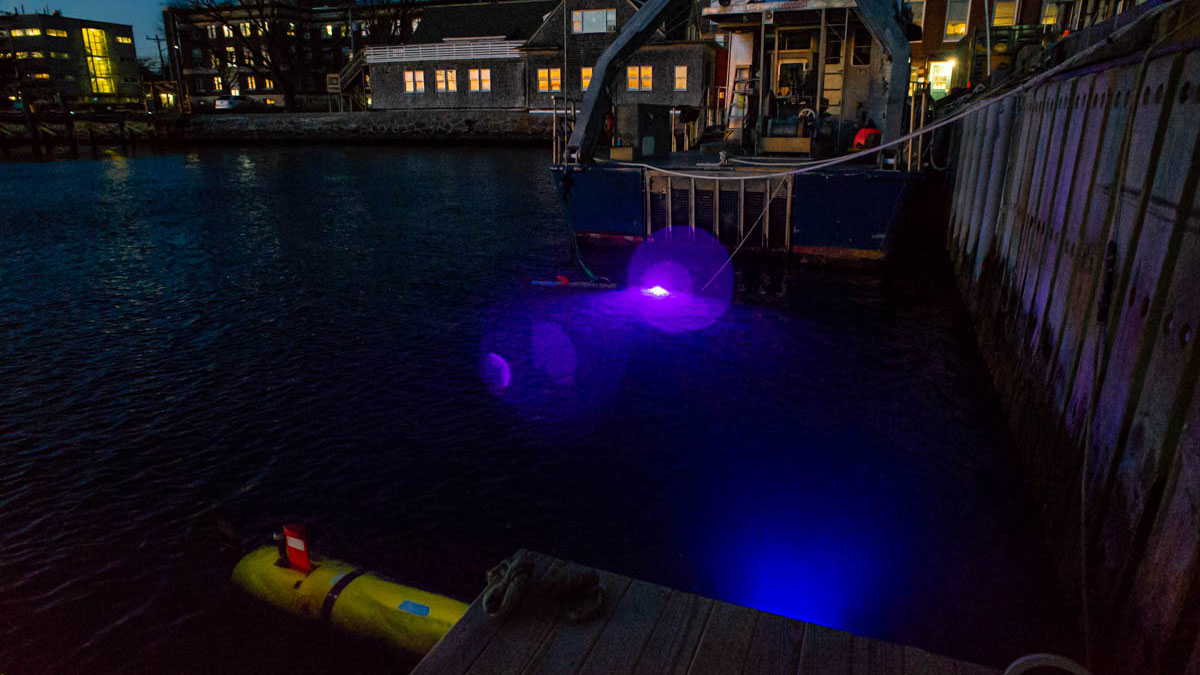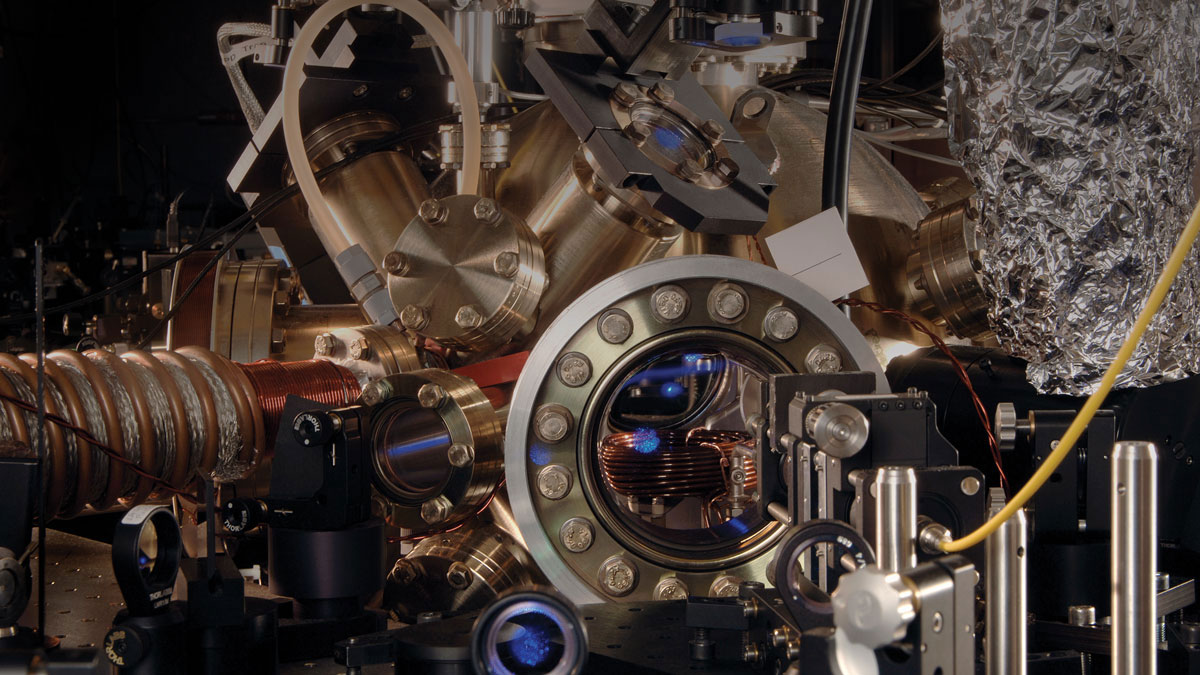Field kits used in Bangladesh to test arsenic exposure from contaminated drinking water are effective in comparison to expensive laboratory arsenic tests.
cool tools
Using Sound and Vibration Signals to Understand the Subsurface
A new book explores Distributed Acoustic Sensing, a technology with a range of applications across geophysics and related fields.
Sensing Iceland’s Most Active Volcano with a “Buried Hair”
Distributed acoustic sensing offered researchers a means to measure ground deformation from atop ice-clad Grímsvötn volcano with unprecedented spatial and temporal resolutions.
Planetary Dunes Tell of Otherworldly Winds
On Earth and throughout our solar system, ripples and dunes in sand and dust offer insights into how winds blow, liquid currents flow, and solid particles fly and bounce over the terrain.
A Bright, LED-Lit Future for Ocean Sciences
LEDs have taken over the global lighting market. Now it’s time for this versatile, low-cost, and energy-efficient technology to illuminate oceanic processes.
Build It, and the Science Will Come
In January, Eos takes a look at the scientists who know that sometimes the answer to a question is a screwdriver.
Lasers and Ultracold Atoms for a Changing Earth
Applying new technology rooted in quantum mechanics and relativity to terrestrial and space geodesy will sharpen our understanding of how the planet responds to natural and human-induced changes.
Misión a Venus podría ayudar a resolver un misterio atmosférico
La recientemente anunciada misión DAVINCI+ a Venus de la NASA investigará la atmósfera del planeta, esperando proporcionar información sobre los desconocidos parches oscuros que rodean dicho planeta.
New “Snakebot” Could Map Cambodian Minefields
By navigating under dense vegetation, an innovative robot could significantly reduce the monetary, environmental, and human cost of demining Cambodia.
Earthquakes Ripple Through 3D Printed Models of Los Angeles
Using stainless steel models, researchers find that high-frequency seismic waves—the most damaging to buildings—are attenuated in the Los Angeles sedimentary basin.










